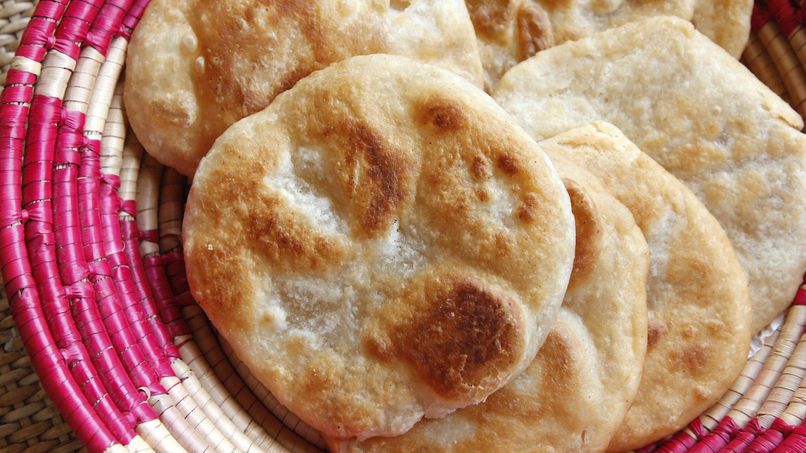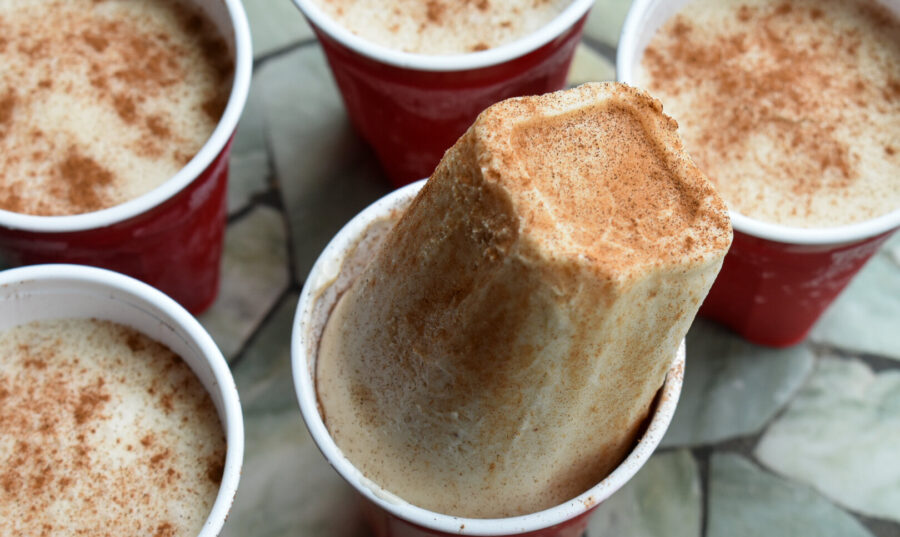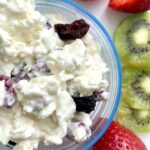|
Getting your Trinity Audio player ready...
|
The Goldfish, Dolphin Fish or Mahi-Mahi (Coryphaena hippurus) is found mainly in shallow, tropical and subtropical waters of the Atlantic, Pacific and Indian Ocean. The name Mahi-Mahi comes from the Hawaiian language and means 'very strong'. It is bright in color, firm, lean and dark skin.
Dorado fish face threats to their survival due to overfishing, environmental degradation (habitat loss), disease, climate change and the introduction of non-native fish species. Of all, the greatest threat to the survival of the Dorado is overfishing. Currently, efforts are being made to better understand the dynamics of these fish and protect them.
Nutrition
Three ounces of Dorado provide between 119 to 173 calories with 92% of protein, 8% of fat and 0% of carbohydrates. Of the fat content, Dorado provides approximately 130 milligrams of Omega 3 fatty acids. This type of fat lowers cholesterol, thus protecting the cardiovascular system. El Dorado is rich in vitamins B3 and B6. Also, it has significant amounts of pantothenic acid, vitamin A and B2, selenium, phosphorus, iron, potassium and magnesium. In addition, it has significant amounts of vitamin B1, folate, calcium, sodium, zinc, copper and manganese. That is, Dorado is an example of a nutritionally dense food.
Safety
When Dorado suffers abuse of time and temperature, the bacteria in it produce histamine. This toxin is not destroyed by freezing, cooking, smoking or curing. The most common initial symptoms are: redness of the face and neck, sweating, headache, and a burning or tingling sensation in the mouth and throat. Diarrhea and vomiting may then occur. This disease is known as histamine poisoning or scombroid poisoning.
Mercury. It contains a low concentration of the pollutant mercury (.19ppm on average). This allows its consumption twice a week (3.5 ounces each serving), as recommended by the American Heart Association. This characteristic, together with its contribution of Omega-3, makes it ideal for cardiovascular health.
Cooking
Like many other tropical fish, Mahi-Mahi has a semi-mild (delicate) and sweet flavor. The skin must be removed before cooking, as it is tough and inedible. Cooking methods include baking, frying and grilling. Be sure to season it right before cooking, as salt robs the fish of its moisture. The skin turns white when cooked and is sometimes dry, so a sauce or marinade is recommended. It is mostly cut into fillets and is excellent in ceviche. It is similar to halibut in terms of flakiness, but also similar to swordfish in its density. If you can't find Mahi-Mahi, you can substitute it with halibut or swordfish.
Bones. Before seasoning and cooking it, you must remove the bones. If you are cutting up portions of Mahi-Mahi, you will need to carefully remove the bones. Feel the fillets with your finger; The bones will stick out and you can gently remove them with tweezers. By baking a whole fillet, it is easier to remove the bones from the cooked fish. Remove the blood line by cutting it with a thin, sharp knife, you will see it in the middle of the fillet. While bloodline is perfectly safe to eat, it will have a fishy taste compared to the rest of the fish.
Roast. Lightly grease a very hot grill with oil to prevent the fish from sticking. Cook the fish for 2 to 4 minutes per side, turning only once so it doesn't fall apart. You'll know the fish is ready when it turns from a translucent color to an opaque pinkish-white color.
Baked. It is advisable to lightly grease the fish and place baking parchment paper in the pan, so that it does not stick. To determine doneness, take the temperature in the middle of the steak (the thickest part) with an instant-read thermometer. Remove the fish from the oven when the thermometer reads between 135° and 140° F (57° – 60° C); The pan will remain hot and the fish will continue to cook for a while.










